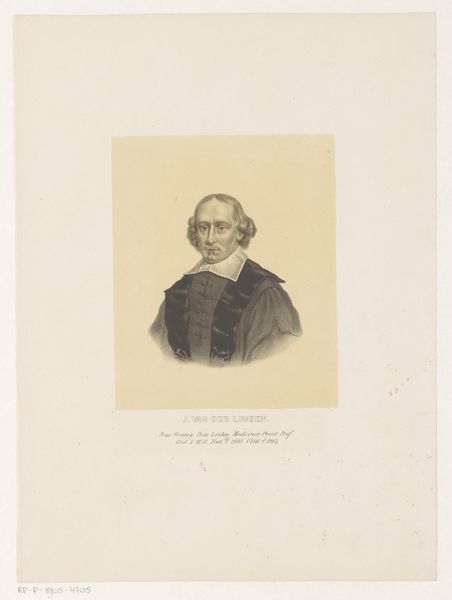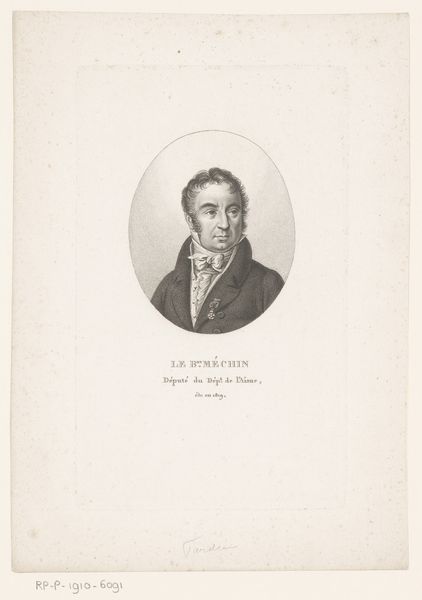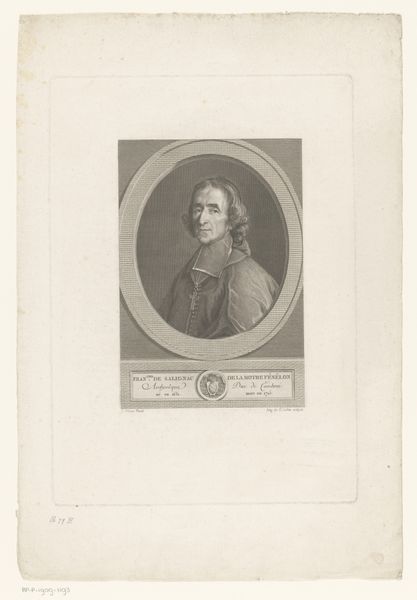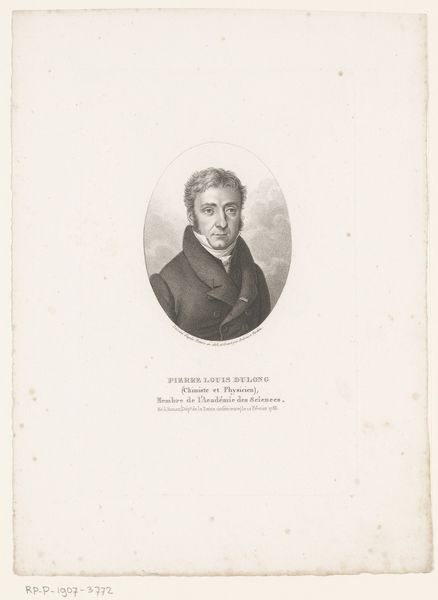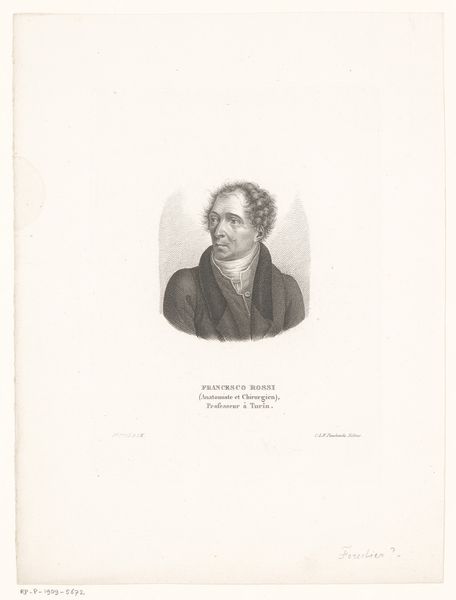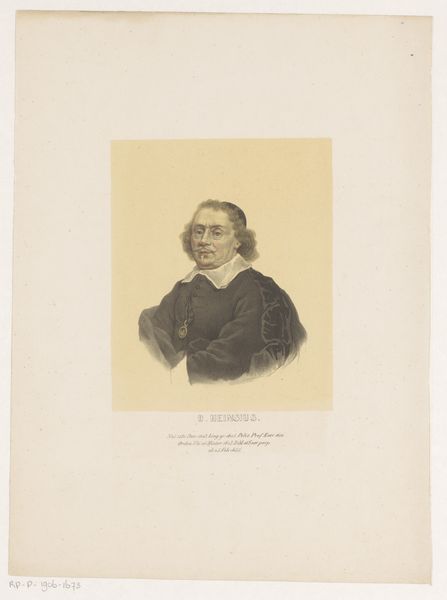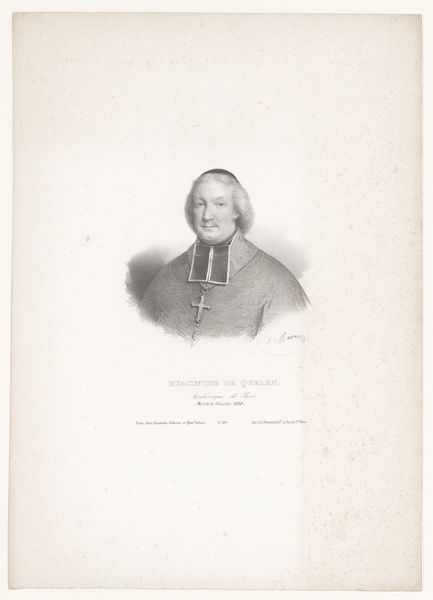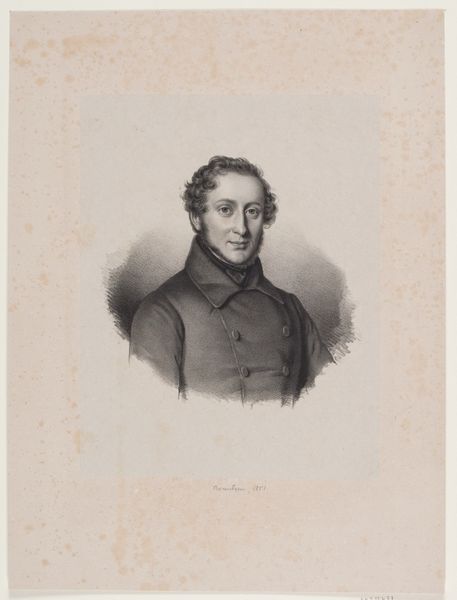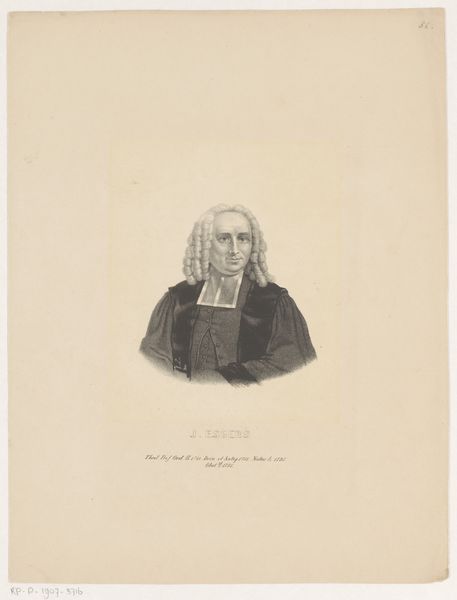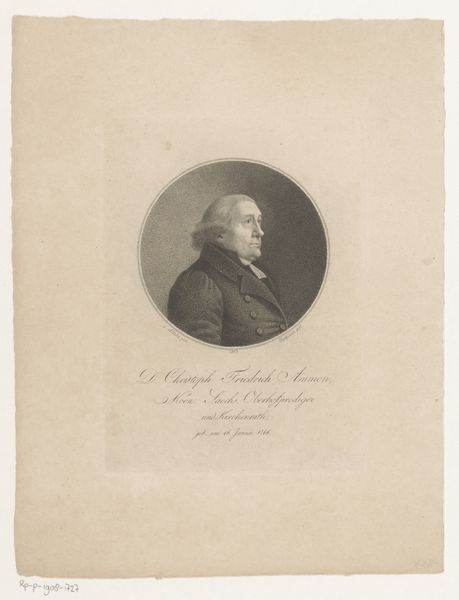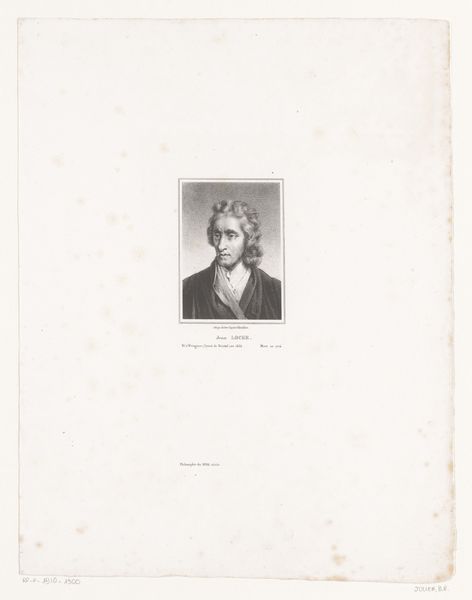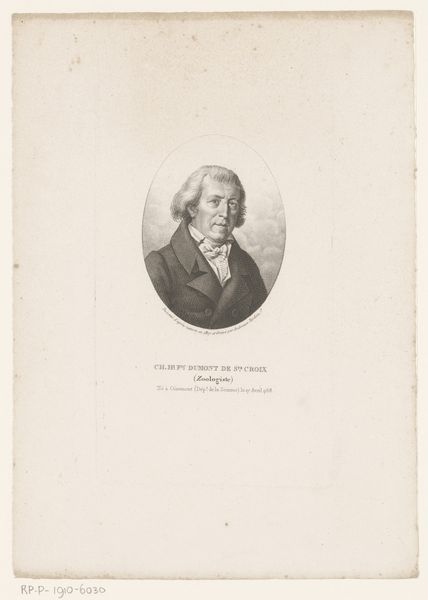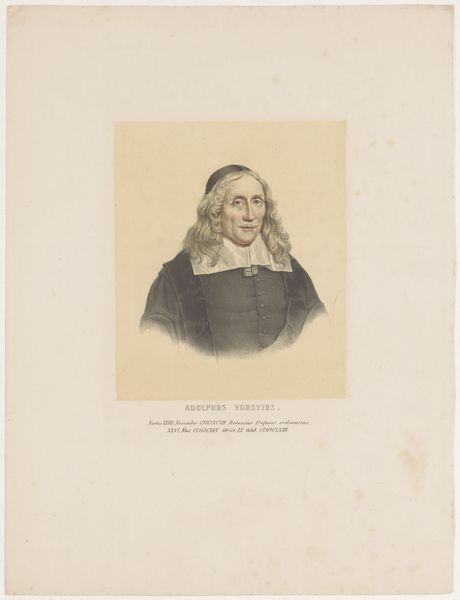
print, engraving
#
portrait
#
neoclacissism
# print
#
history-painting
#
engraving
Dimensions: height 215 mm, width 141 mm
Copyright: Rijks Museum: Open Domain
Curator: Here we have Ambroise Tardieu's "Portret van François Fénelon," an engraving dating from the early 19th century. Editor: Oh, this has a calming effect. The monochrome, the smooth lines... it feels almost dreamlike, like a memory surfacing from the past. There's a real stillness about it. Curator: Yes, it's a very controlled work, typical of the Neoclassical style with its emphasis on order and clarity. I find myself thinking about the technical skill involved in creating such a detailed image through engraving, the labour behind each precisely etched line. Editor: I'm drawn to his eyes, they suggest a gentle wisdom, a touch of melancholy. It feels very intimate, even though he is rendered with such formal precision. It makes me think of quiet moments of reflection. Does anyone know what type of paper or ink that the printer used? Was it locally sourced, and what was its relative cost during the print run? Curator: That’s a great question. We can assume it involved rigorous processes. The engraver most likely employed copper plates, meticulously working the surface to produce these incredibly fine lines. These processes weren't neutral—they implied access, workshops, skills passed down. It suggests much of 19th-century economic activity related to printing that is easy to forget now. Editor: And I can't help but wonder about Fénelon himself – who was he, really? Did he truly possess this quiet introspection, or is this the artist’s interpretation, a carefully constructed image intended for the printing press for circulation? Curator: François Fénelon was a prominent archbishop, writer, and member of the French Academy. So, he held considerable social power. That context of the early 19th-century is critical—this print would have circulated in specific social circles, reinforcing existing power structures. It's not just a portrait; it's a carefully constructed representation of authority. Editor: Right, I hadn't thought about it in that way. It highlights a connection between power, and the media, I suppose. It's so fascinating how a seemingly simple image can contain such layers of meaning and material history. I almost want to know how many impressions they managed to get before the plates deteriorated! Curator: Precisely! Seeing this as an object produced under particular economic and social conditions makes all the difference. Editor: It definitely does, giving this peaceful print a deeper resonance, revealing stories etched both into the plate and within the historical currents of the time.
Comments
No comments
Be the first to comment and join the conversation on the ultimate creative platform.
